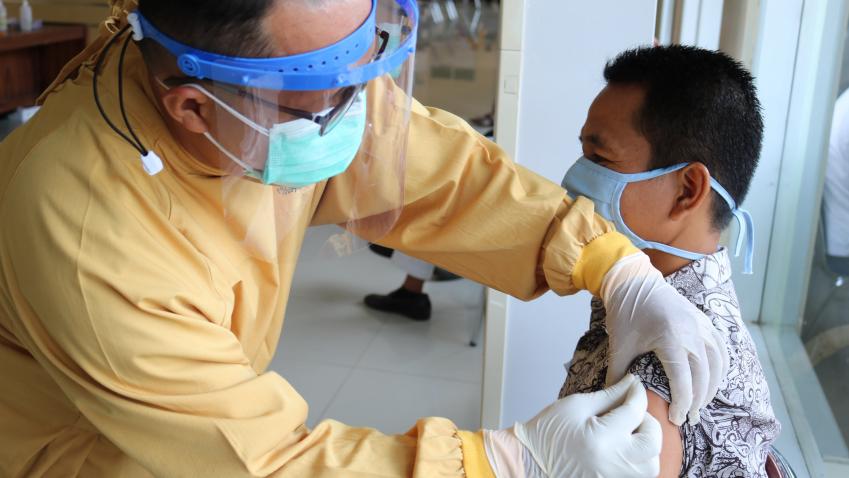The World Health Organization officially declared COVID-19 a pandemic more than a year ago. Since then, the virus has spread like wildfire, upending social and economic life and causing an enormous—and still rising—human toll.
By March 2021, the COVID-19 pandemic had infected more than 122 million people and killed about 2.7 million worldwide. While the vaccination campaigns gain pace globally, the prospects of bringing the pandemic to an end and achieve herd immunity are still uncertain.
Notably, countries around the world have experienced widely different health impacts from the pandemic, depending on geographical location, preparedness of healthcare systems, prevalence of comorbidities, and the stringency of social distancing measures implemented to curb infection rates.
Inequalities have also impacted the spread of the COVID-19 pandemic. Indeed, where income inequalities were higher, the coronavirus spread faster, and mortality rates grew higher.
In addition, inequalities have been associated with reduced effectiveness of social distancing measures to curb infections. Inequalities have impacted the spread of the virus through multiple channels, from different working conditions for the rich and the poor, varying social distancing implementation across population groups and lower social cohesion.
Elevated inequalities place societies in a more vulnerable position to confront the pandemic. Fighting high and rising inequality will be critical for reducing vulnerability to all kinds of emergencies in the future, including pandemics, and for enhancing the resilience of our societies.
Learn more from the World Economic Situation and Prospects April Monthly Briefing, available at: https://www.un.org/development/desa/dpad/publication/world-economic-situation-and-prospects-april-2021-briefing-no-148/
Photo by Mufid Majnun on Unsplash

